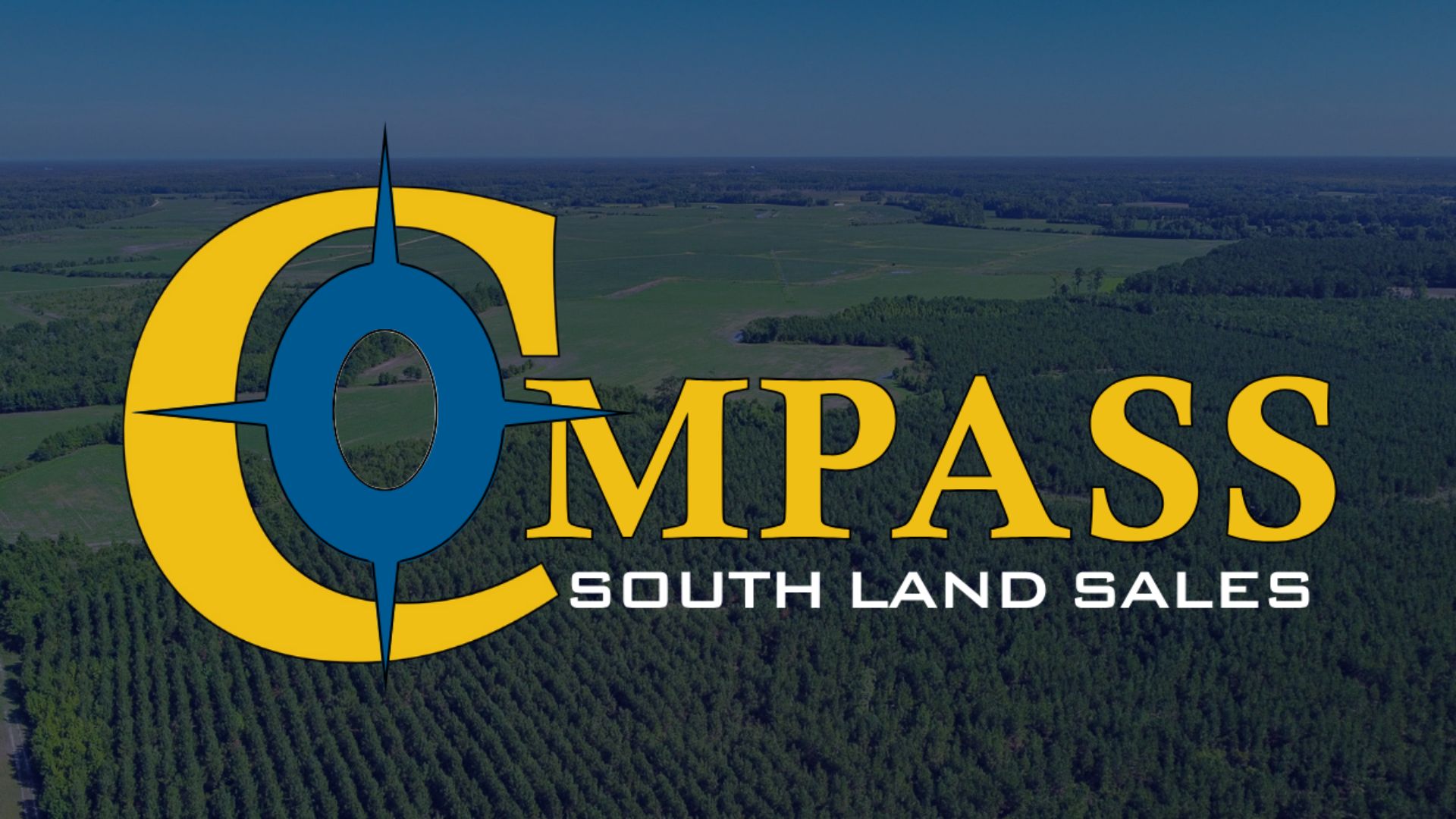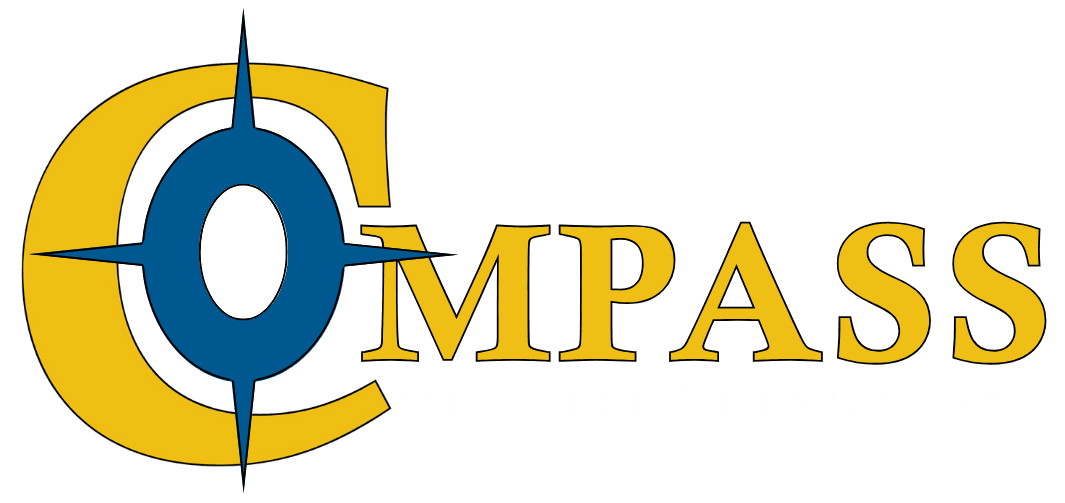The Rise of Recreational Land: Why High-Quality Farms Are Today's Hottest Investment
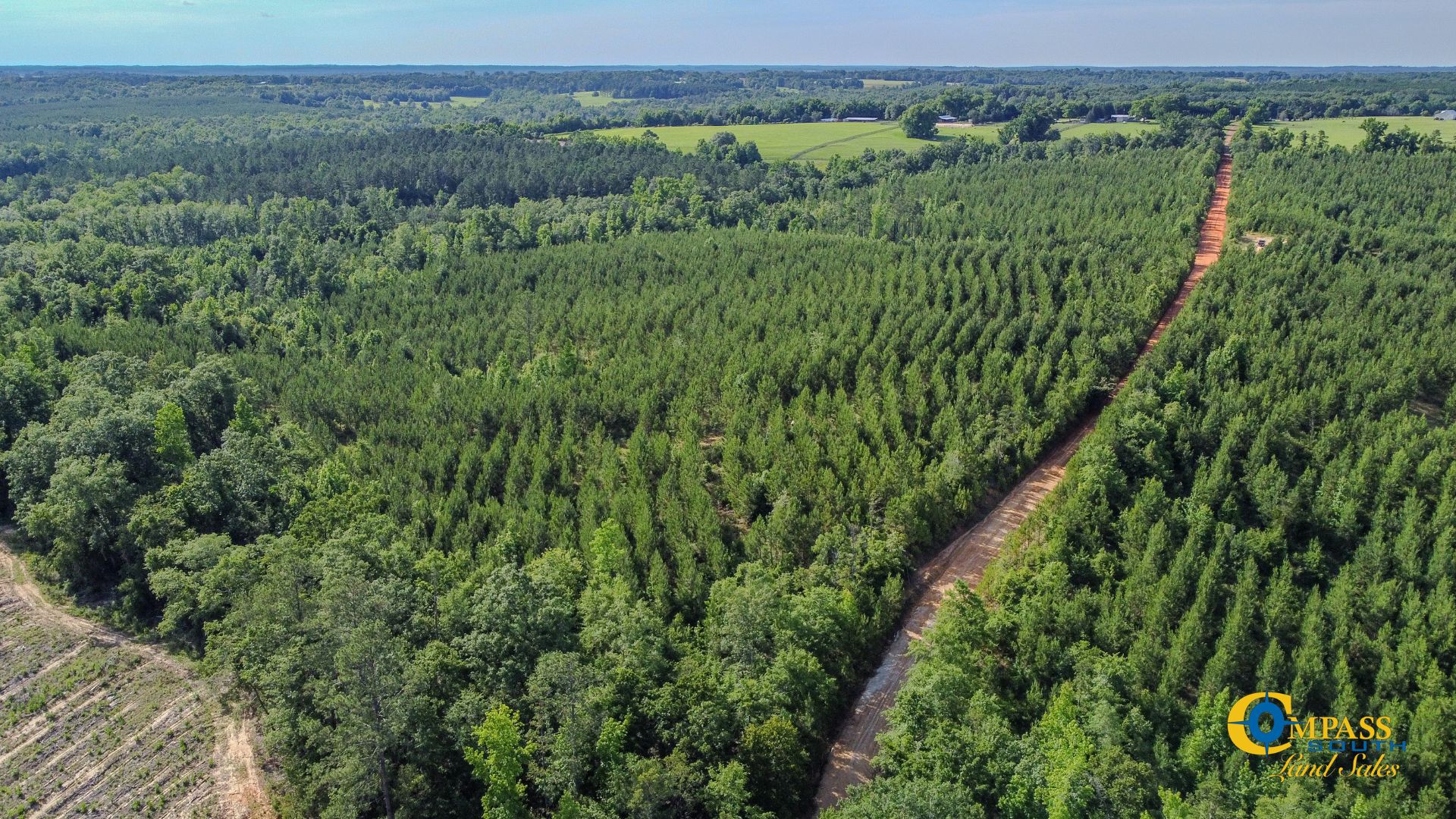
The allure of the gentlemen’s farm has captivated Americans for generations. But over the last decade, something remarkable has happened: high-quality recreational properties have transformed from niche investments into one of the most sought-after asset classes in real estate. Their market values have appreciated drastically, outpacing many traditional investments.
As cities expand and cookie-cutter subdivisions sprawl across once-rural landscapes, more people are searching for “space” of their own—a refuge beyond the congestion of urban and suburban life. Whether it’s building a dream home surrounded by nature, establishing a premier hunting property, starting a working farm, or creating a family legacy where generations can enjoy outdoor recreation, the demand for recreational land has never been stronger. This surge in interest has attracted not only lifestyle buyers but also savvy investors recognizing the unique value proposition these properties offer.
The New Timber Strategy: Keep It Standing
The conventional wisdom in land investment is shifting. Historically, landowners would harvest timber before selling, viewing lumber as a separate revenue stream. Today’s market tells a different story.
Fluctuating timber markets, coupled with rapidly appreciating land values, have led forward-thinking investors to a new strategy: leave the timber standing. The data is clear—properties maintain significantly higher market values with mature timber intact than as freshly clear-cut parcels. The aesthetic appeal of standing hardwoods and established pine plantations adds substantial value that far exceeds the immediate cash from a timber sale.
This approach transforms raw timberland into top-tier recreational property, where the forest itself becomes the amenity. Buyers are willing to pay premium prices for the beauty, wildlife habitat, and privacy that mature timber provides—benefits that take decades to replicate once removed.
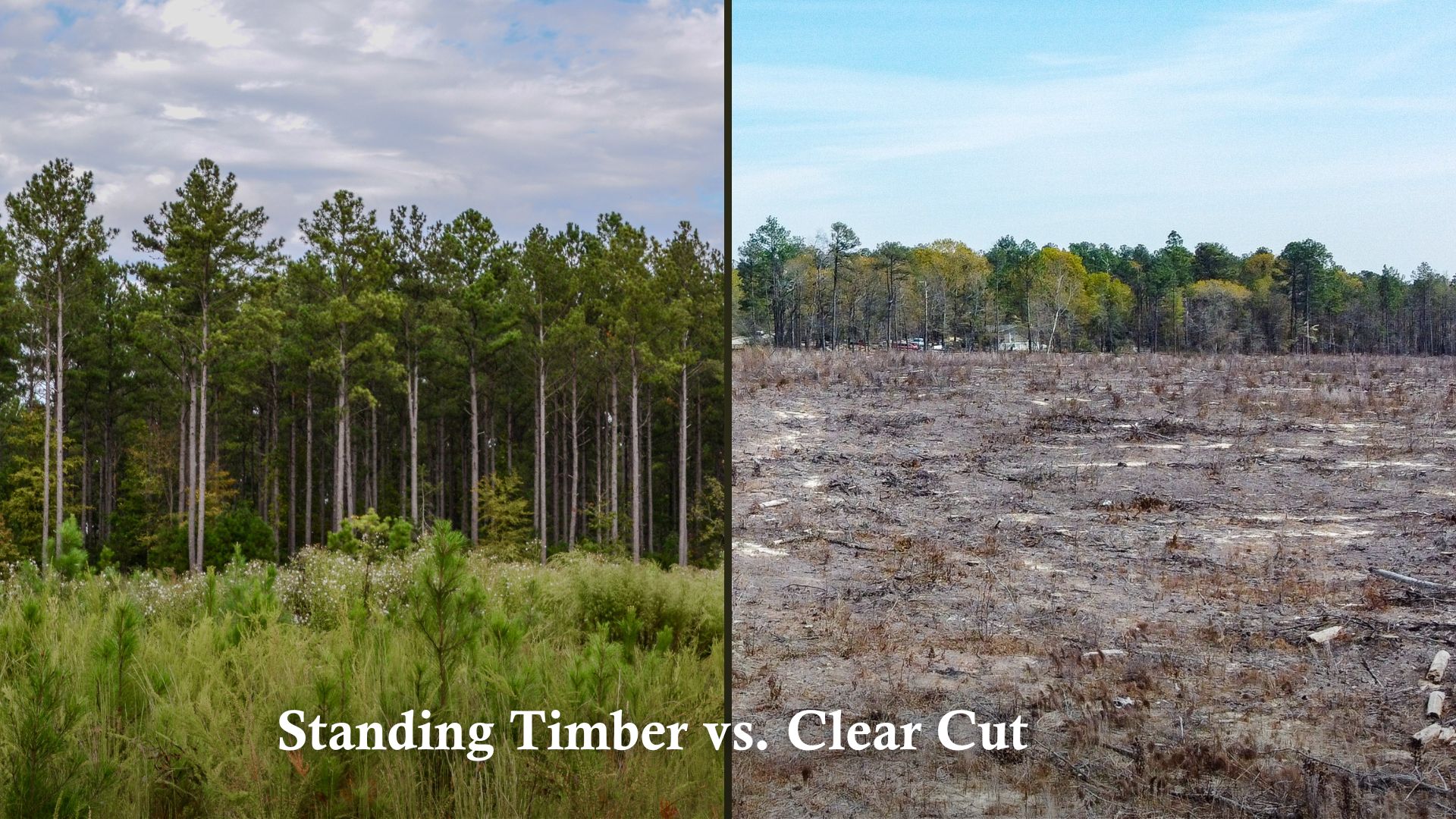
Strategic Improvements That Maximize Property Value
Just as renovating a kitchen or updating bathrooms can transform a house’s market appeal, strategic “farm improvements” can dramatically increase the value of recreational land—often delivering exceptional returns on investment.
HIGH-IMPACT IMPROVEMENTS
- Structures: A well-built cabin, hunt camp, or custom home provides immediate usability and significantly boosts property value
- Water features: Stocked fishing ponds and duck impoundments create year-round recreational opportunities
- Infrastructure: Internal road systems provide access to remote areas and showcase the property's full potential
- Wildlife management: Established food plots, mineral sites, and habitat improvements attract game and demonstrate active stewardship
- Utilities: Bringing in electricity, drilling wells, and installing septic systems remove barriers for buyers
These improvements work the same magic as staging a home for sale. They help buyers envision themselves enjoying the property from day one, eliminating the intimidation factor of raw land. The ROI on these enhancements consistently outperforms the initial investment, often adding $2-3 in property value for every $1 spent on quality improvements.
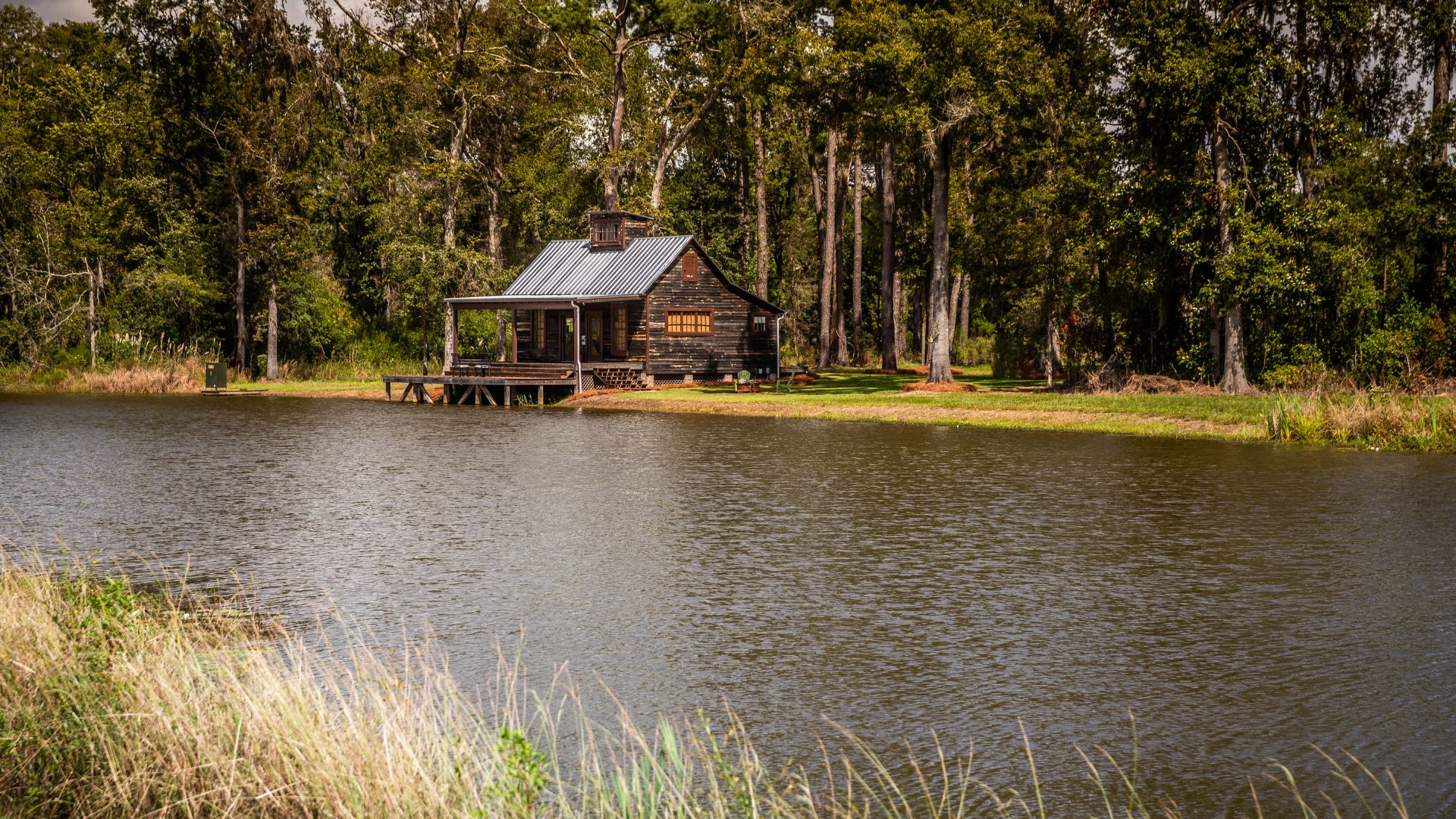
The Remote Work Revolution Accelerated an Existing Trend
The COVID-19 pandemic and the subsequent virtual work revolution undeniably impacted the recreational land market over the past five years. But here’s what many analysts miss: the fire was already burning. The pandemic didn’t create demand for recreational properties—it poured gasoline on existing trends that had been building for years.
Remote work eliminated geographic constraints for millions of professionals. Suddenly, living on 100 acres an hour from the city became not just feasible, but desirable. High-speed internet reached rural areas. Video conferencing normalized working from anywhere. The result? A massive acceleration of a trend that was already reshaping the land market.
Today, even as some workers return to offices, the flexibility remains. The recreational land market has proven this isn’t a temporary bubble—it’s a fundamental shift in how Americans think about where and how they want to live.
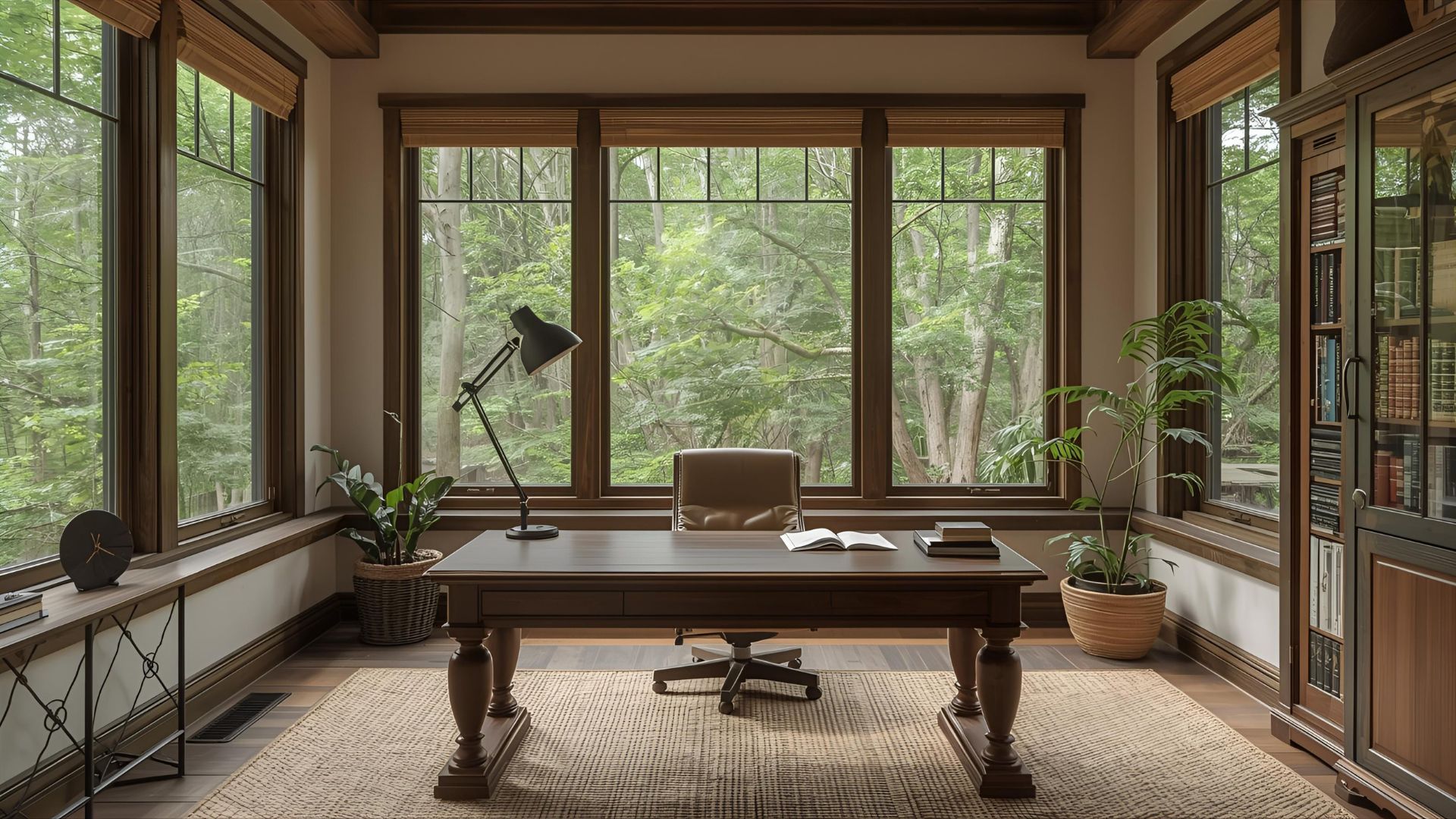
Understanding Today's Recreational Land Buyers
The recreational land market thrives because it serves two distinct buyer profiles, each with different needs and timelines:
The Visionary Developer wants raw or lightly improved land they can shape according to their personal vision. These buyers enjoy the process of transformation—clearing trails, planting food plots, building structures, and implementing wildlife management practices. They’re willing to invest sweat equity and time to create their ideal property, often viewing the improvement process as part of the recreational experience itself.
The Turnkey Buyer seeks properties with improvements and management practices already in place. They want to enjoy their investment from day one—hosting family gatherings, hunting opening weekend, or moving into a completed home. These buyers typically pay premium prices for properties that require no additional work.
Between these two extremes lies a spectrum of opportunities: partially improved properties, fixer-uppers with good bones, and well-managed land needing only minor updates. This diversity of inventory, combined with steady demand from both buyer types, has kept recreational land market trends overwhelmingly positive year after year.
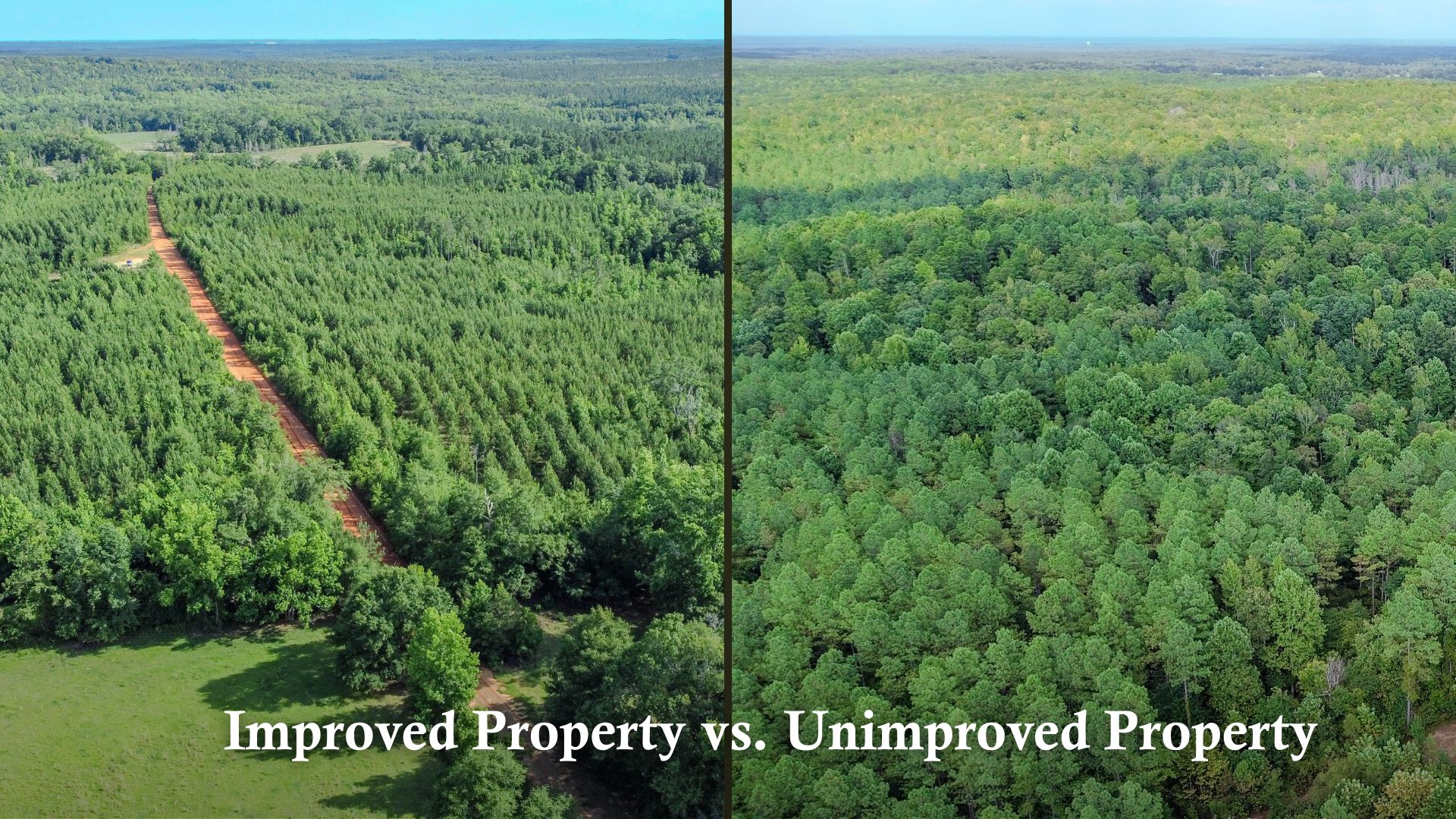
How Social Media Fueled the Outdoor Property Boom
Social media has fundamentally changed how Americans discover and engage with outdoor lifestyles—and it’s directly impacting recreational land values.
Hunting content has exploded across YouTube, Instagram, and Facebook, introducing the sport to millions of new enthusiasts. The farm-to-table movement and homesteading lifestyle have gone viral in the best possible way, inspiring urban and suburban families to pursue more self-sufficient lives. Influencers showcase everything from whitetail management to regenerative agriculture, making rural property ownership aspirational for demographics that never previously considered it.
Perhaps most importantly, social media has proven that you can build community and connection without physical proximity. Remote property owners share experiences, advice, and camaraderie online, eliminating the isolation that once deterred potential buyers. You can live on 200 acres and still feel deeply connected to like-minded people across the country.
This digital transformation has expanded the buyer pool exponentially, bringing new energy and capital to the recreational land market.
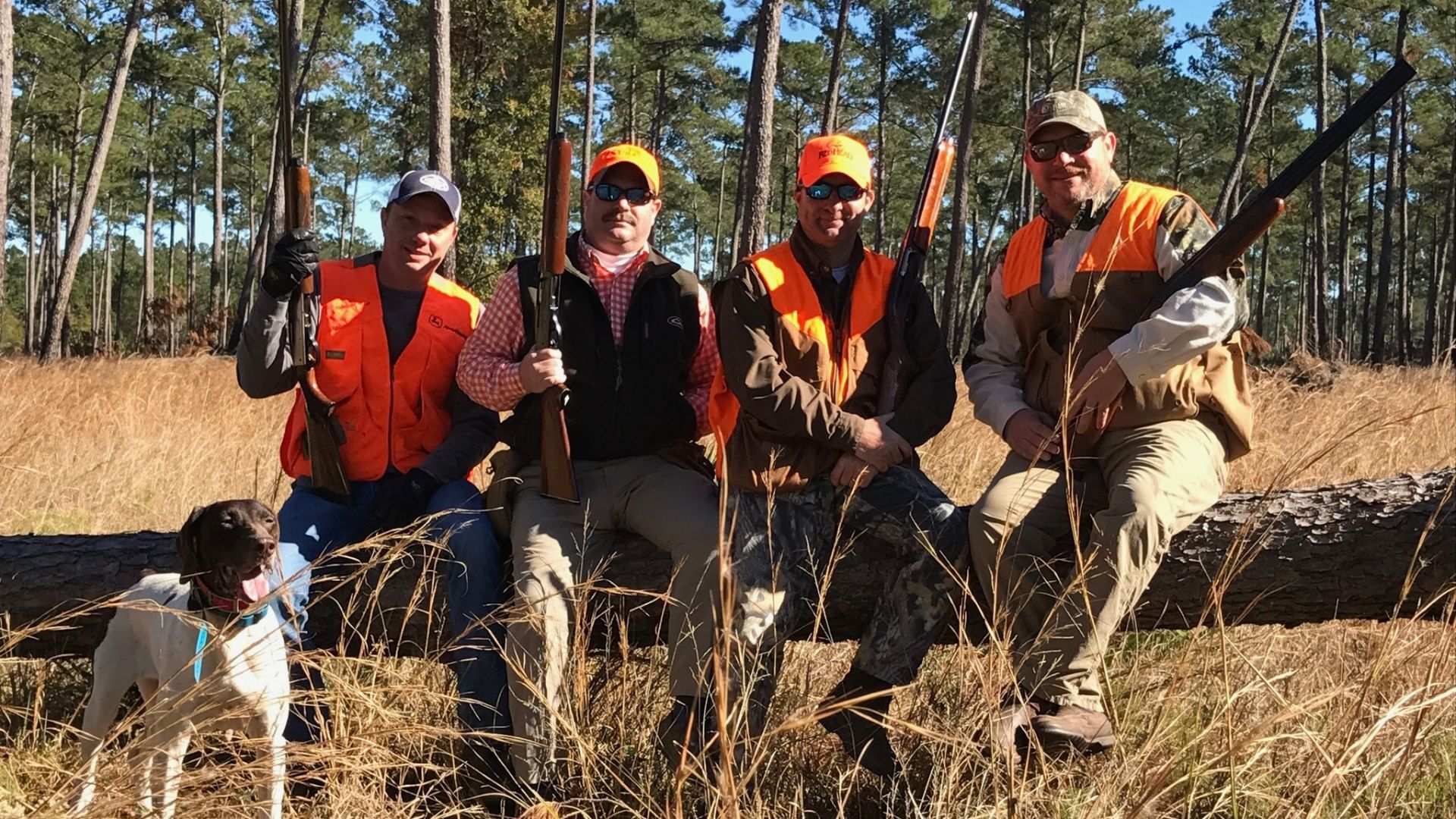
Land as a Hedge Against Market Volatility
In an era of economic uncertainty, recreational land offers something increasingly rare: a tangible asset you can enjoy while it appreciates.
Stock market volatility, inflation concerns, and geopolitical instability have investors seeking alternatives to traditional portfolios. Land has always been considered a sound investment—the ultimate hard asset with intrinsic value. But recreational properties offer advantages that raw investment land cannot match.
UNIQUE BENEFITS OF RECREATIONAL LAND INVESTMENT
- Tangible enjoyment: Use and improve your investment while it appreciates
- Multiple revenue streams: Hunting leases, timber income, agricultural production
- Tax advantages: Potential agricultural exemptions and conservation easements
- Inflation hedge: Land values and agricultural commodities typically rise with inflation
- Legacy asset: Pass down a family retreat that grows in both value and sentimental worth
- Portfolio diversification: Low correlation with traditional financial markets
Retirees and pre-retirees particularly appreciate recreational land’s combination of lifestyle benefits and financial security. It’s an investment you can walk on, improve with your own hands, and share with family—all while building wealth.
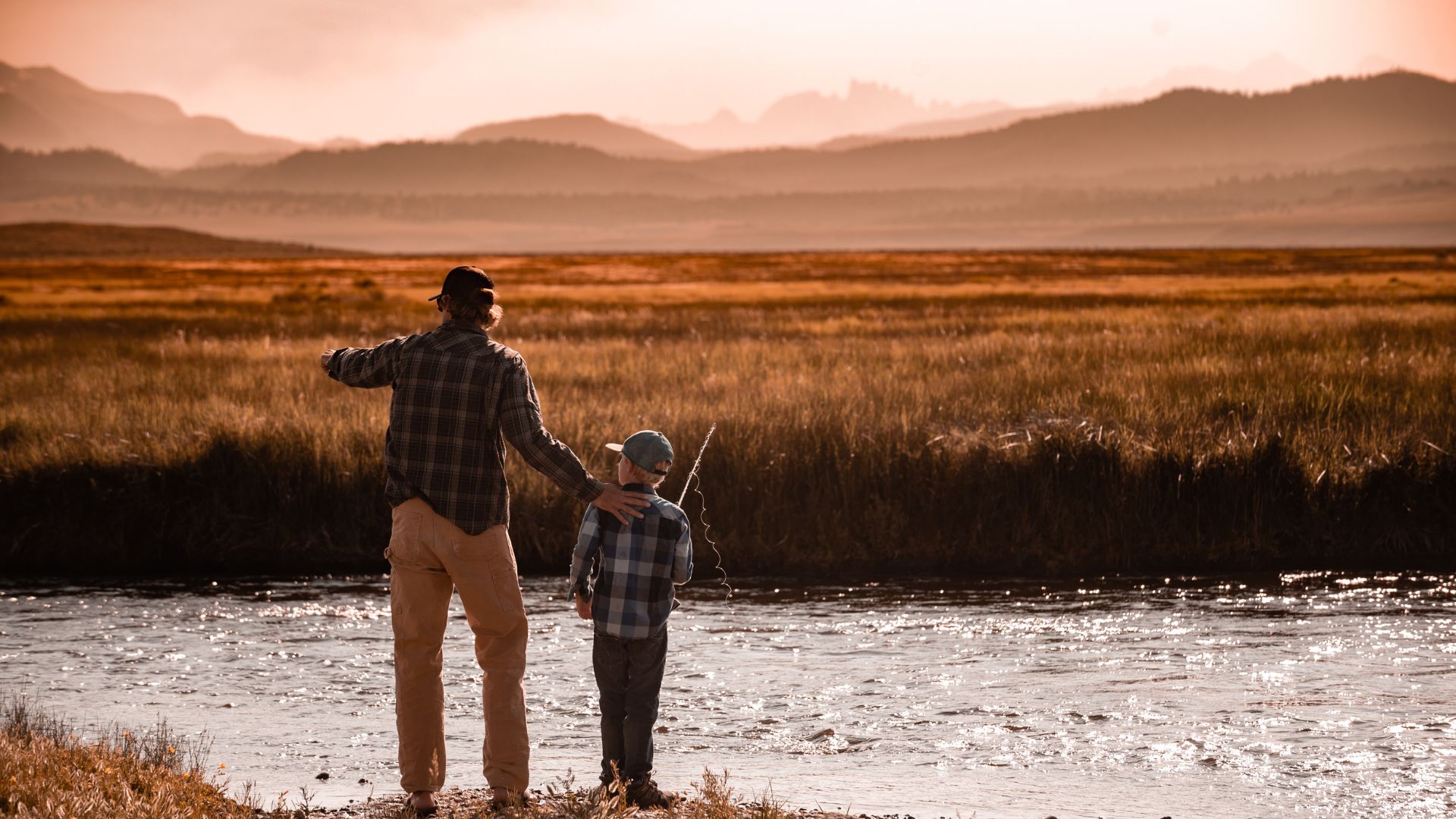
The Scarcity Factor: Why Great Farms Command Premium Prices
The age-old adage rings especially true in today’s market: “They’re not making any more of it.”
Recreational land—particularly properties with the right combination of features—is genuinely scarce. Great farms with mature timber, water features, road frontage, proximity to amenities, and strong wildlife populations don’t come to market every day. When they do, competition is fierce and prices reflect the rarity.
Unlike stocks or bonds that can be issued in unlimited quantities, or homes that can be built in new subdivisions, premier recreational properties are finite. Each one is unique, shaped by geography, ecology, improvements, and decades of stewardship. This scarcity, combined with growing demand, creates a powerful value proposition that continues to drive appreciation.
Smart buyers recognize that waiting for the “perfect time” often means missing exceptional properties that may not be available again for years—or at significantly higher prices.
Ready to Find Your Perfect Property?
Whether you’re searching for raw land to develop into your dream retreat or a turnkey property ready for immediate enjoyment, Compass South Land Sales has the expertise and inventory to match you with the perfect recreational property.
Our team specializes in high-quality timberland, hunting properties, farms, and country estates across the South. We understand what makes a great recreational property, and we’re here to help you find yours—or prepare your current property for market so you can move on to the next chapter.
Compass South Land Sales specializes in timberland, recreational properties, and rural estates across the Southeast. With offices in multiple states and over 15 experienced agents, we’re your trusted partner in land investment success. Contact us today.
